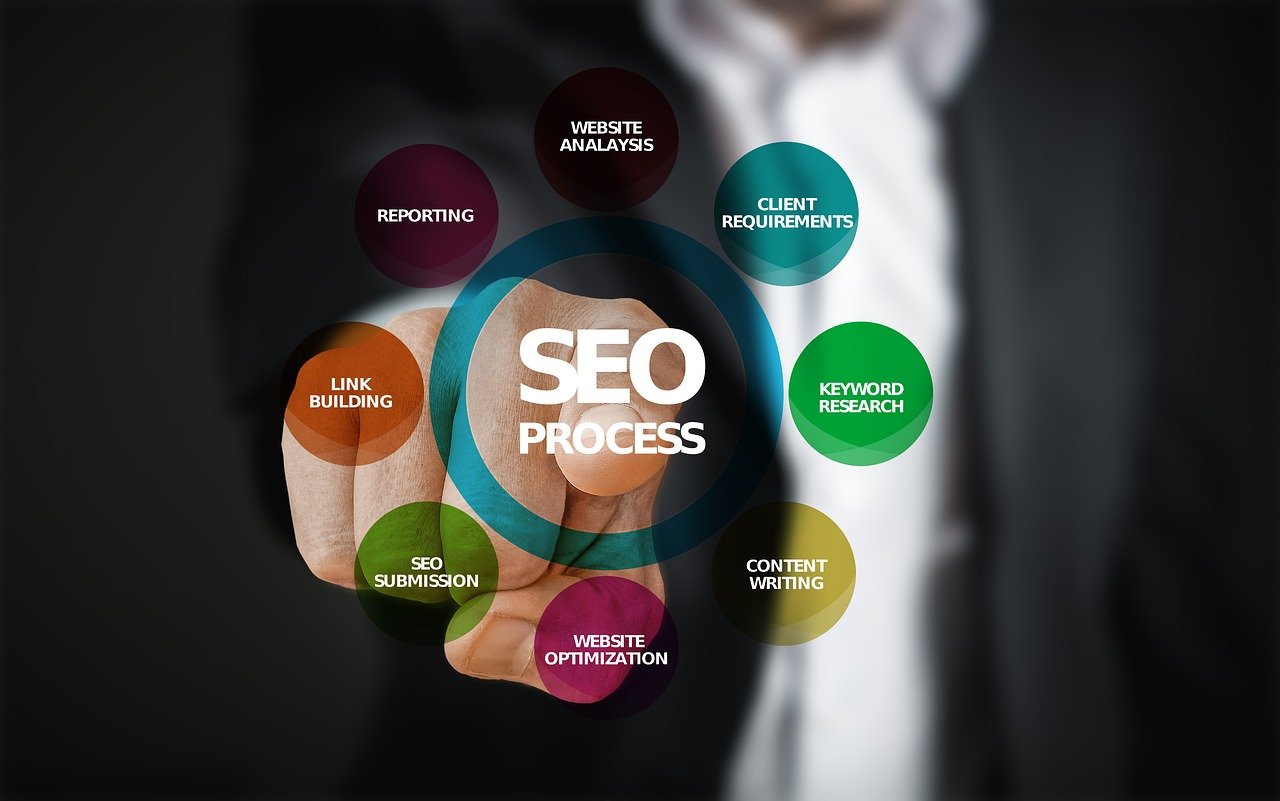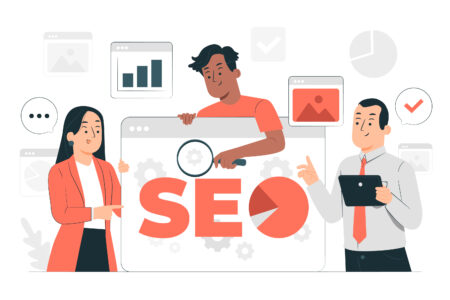5 minutes read

Reaching and converting your online target market requires more than a one-track plan. While SEO enables an increase in online visibility, it is only a part of a complete digital marketing strategy. Getting people to visit your website by being on the first page of Google search results is important, but keeping them on your website is just as important. This is where website design, user experience, and quality content come into play. Retaining and converting online visitors entail having a.) an aesthetically pleasing web design that caters to the taste of your target market; b.) an intelligent user experience that is easy to understand; and c.) engaging, relevant content.
But how do you measure the performance of your website in terms of engaging visitors?
Bounce Rate: The meaning behind the numbers
On your Google Analytics dashboard, you will find a metric called the bounce rate. The bounce rate tells you how many online users have left your website, without any site interaction, after visiting a single page. A low bounce rate indicates site visitors are interacting with your site, browsing other pages past the entrance page during their visit. A high bounce rate, on the other hand, means majority of your site visitors are leaving immediately after visiting a single page, without finding out much else about your business or organisation.
The impact of your bounce rate
A low bounce rate is a good sign, as it indicates that visitors are browsing other pages of your site and consuming your online content. This increases your chances of converting them from visitors to responders to your call to action, whether that means filling out an online form or clicking on your ‘Contact Us’ button. Furthermore, site visitors who browse the other pages of your website are more likely to have a better idea about your organisation, which can translate to increased brand recall in the future.
Meanwhile, a high bounce rate is problematic, as it maybe be indicative of your site failing to relay the value proposition of your company or organisation to your target market. This means you have a very limited chance of converting site visitors into call to action responders. It also makes your brand infinitely more forgettable.
If your site has a high bounce rate, the first step to alleviating the problem is pinpointing the cause behind the trend. Keep in mind that the cause may not be just one element, but a combination of different elements underperforming for your website.
Review web content
One of the things that turn visitors off is bad content quality. Remember that online users visit your website to look for content relevant to their query. Perform an extensive review of your website content and evaluate its relevancy, depth, and readability. Make sure that your content meets the standards of Google in terms of quality while also catering to the needs of your target users.
Well-written content encourages site visitors to browse the other pages of your website to find out more about your business or organisation. If you can allocate resources for a blog where you can post fresh, unique, valuable content regularly, this gives your visitors more reason to follow and explore your site.
Smarten the user experience
Improving the quality of interaction between users and your website can have a significant impact on your bounce rate. Consider user intent in the overall design of your site, and implement a layout that simplifies the engagement between user and interface.
Design and implement intuitive menus that make it easy for users to find and navigate to pages within your site. Limit the coverage of advertisements on your web space. Implement contextual linking to make it easier for readers of your content to be directed to other pages that are relevant to their query.
Accelerate site load time
Studies reveal that, as site load time increases, so does the risk of user abandonment. This means that, the longer a page takes to load, the more likely a user will abandon the website altogether. Analyse how long it takes for your website to load – if takes 2 to 3 seconds, then you are within the safe margin. A site load time of 4 seconds can cause 25 per cent of your visitors to abandon their website visit, so it is best to keep it below this number.
In a nutshell, reducing your bounce rate revolves around improving the overall engagement quality of your website in view of your target users. If you want to lower the bounce rate of your site, but do not have the technical know-how, the digital marketing specialists at USEO can guide you. Reach out to us today, and discover the benefits of partnering with a leading digital marketing solutions provider.



 5 min read
5 min read



